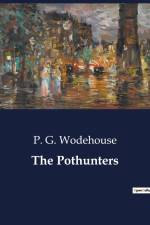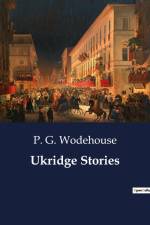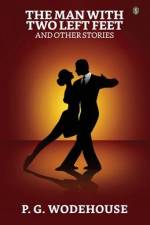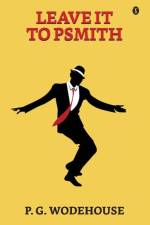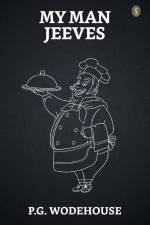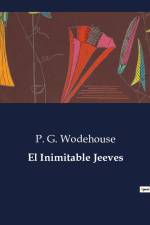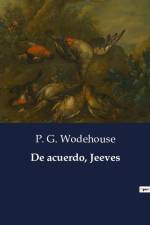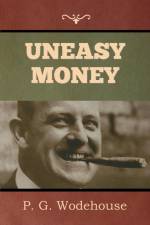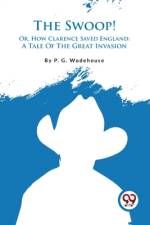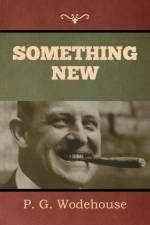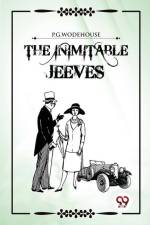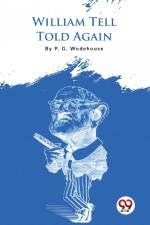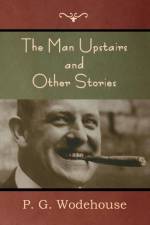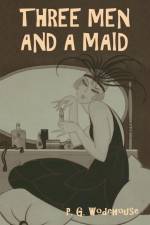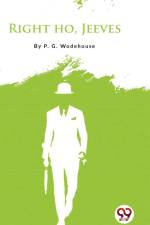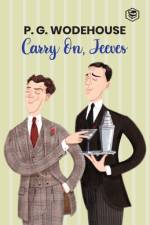av P. G. Wodehouse
387
¿Jeeves ¿dije¿. ¿Puedo hablarle con franqueza? ¿Desde luego, señor. ¿Lo que he de decirle puede ofenderle. ¿En absoluto, señor. ¿Bien, en tal caso¿ No, esperen¿, el diálogo queda interrumpido. No sé si a ustedes les sucede lo mismo que a mí. Cuando quiero contar una historia, choco, infaliblemente, contra el obstáculo de no saber cómo comenzar. Un paso en falso basta para echarlo todo a perder. Me explicaré: si al principio contemporizan demasiado, intentando crear lo que suele llamarse atmósfera, y se entretienen en excesivas sutilezas, corren el riesgo de no producir el efecto deseado, fatigando la atención de los oyentes. Si, por otra parte, superan el límite impuesto con un salto digno de un gato escaldado, el auditorio se desconcierta. Por ejemplo, al empezar, con el breve diálogo anterior, la narración de las complicadas aventuras de Gussie Fink-Nottle, de Madeline Bassett, de mi prima Angela, de mi tía Dahlia, de mi tío Thomas, del joven Tuppy Glossop y del cocinero, Anatole, comprendo que he cometido el segundo de estos errores. Es necesario, por tanto, dar un paso atrás. Y, después de observar todos los detalles y de pesar el pro y el contra, me parece poder asegurar que este asunto tuvo su comienzo ¿ésta es la palabra justä con mi excursión a Cannes. Si no hubiese ido yo a Cannes, no habría encontrado a los Bassett, ni adquirido aquella famosa americana blanca. Angela no habría visto el tiburón, ni tía Dahlia jugado al bacarrá.

